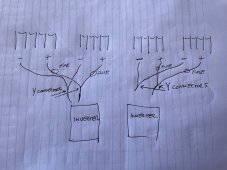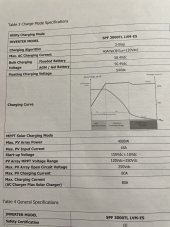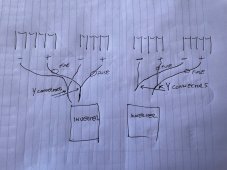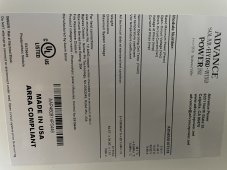timselectric
If I can do it, you can do it.
- Joined
- Feb 5, 2022
- Messages
- 18,741
Combiner boxes are pretty, but an added expense.
All that you need are mc4 fuses and mc4 Y connectors. This is what I have on my roof.
A couple of suggestions:
Try to keep all 5 of each string facing the same direction.
And,
It's recommended to install blocking diodes on paralleled strings that face different directions.
All that you need are mc4 fuses and mc4 Y connectors. This is what I have on my roof.
A couple of suggestions:
Try to keep all 5 of each string facing the same direction.
And,
It's recommended to install blocking diodes on paralleled strings that face different directions.







